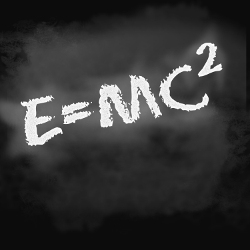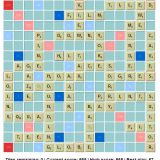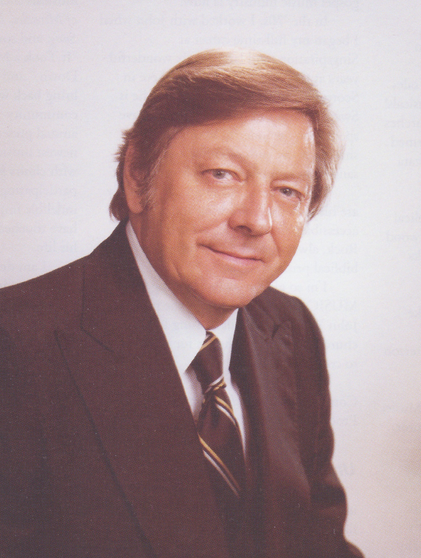Irritating
“Science without religion is lame. Religion without science is blind” ~Albert Einstein

With Thanks to GXgraphix
It was 1916 and Albert Einstein didn’t like where his calculations were leading him. If his theory of General Relativity was true, it meant that the universe was not eternal but had a beginning. Einstein’s calculations indeed were revealing a definite beginning to all time, all matter, and all space. This flew in the face of his belief that the universe was static and eternal.
Einstein later called his discovery “irritating.” He wanted the universe to be self-existent — not reliant on outside cause–but the universe appeared to be one giant effect. In fact, Einstein so disliked the implications of General Relativity — a theory that is now proven accurate to five decimal places–that he introduced a cosmological constant (which some have since called a “fudge factor”) into his equations in order to show that the universe is static and to avoid an absolute beginning.
But Einstein’s fudge factor didn’t fudge for long. In 1919, British cosmologist Arthur Eddington conducted an experiment during a solar eclipse which confirmed General Relativity was indeed true–the universe wasn’t static but had a beginning. Like Einstein, Eddington wasn’t happy with the implications. He later wrote, ” Philosophically, the notion of a beginning of the present order of nature is repugnant to me…I should like to find a genuine loophole.”
By 1922, Russian mathematician Alexander Friedmann had officially exposed Einstein’s fudge factor as an algebraic error. (Incredibly, in his quest to avoid a beginning, the great Einstein had divided by zero–something even schoolchildren know is a no-no!) Meanwhile, Dutch astronomer Willem de Sitter had found that General Relativity required the universe to be expanding. And in 1927, the expanding of the universe was actually observed by astronomer Edwin Hubble (name-sake of the space telescope).
Looking through t he 100-inch telescope at California’s Mount Wilson Observatory, Hubble discovered a ‘red shift’ in the light from every observable galaxy, which meant that those galaxies were moving away from us. In other words, General Relativity was again confirmed–the universe appears to be expanding from a starting point in the distant past.
In 1929 Einstein made a pilgrimage to Mount Wilson to look through Hubble’s telescope for himself. What he saw was irrefutable. The observational evidence showed that the universe was indeed expanding as General Relativity had predicted. With his cosmological constant now completely crushed by the weight of evidence against it, Einstein could no longer support his wish for an eternal universe. He subsequently described the cosmological constant as “the greatest blunder of my life,” and he redirected his efforts to find the box top to the puzzle of life. Einstein said he wanted “to know how God created the world. I am not interested in this or that phenomenon, in the spectrum of this or that element. I want to know His thought, the rest are details.”
Although Einstein said that he believed in a pantheistic God ( a god that IS the universe), his comments admitting creation and divine thought better describe a theistic God. And as “irritating” as it may be, his theory of General Relativity stands today as one of the strongest lines of evidence for a theistic God. Indeed, General Relativity supports what is one of the oldest formal arguments for the existence of a theistic God–the Cosmological Argument.















Yea! I have this book but haven’t read it.